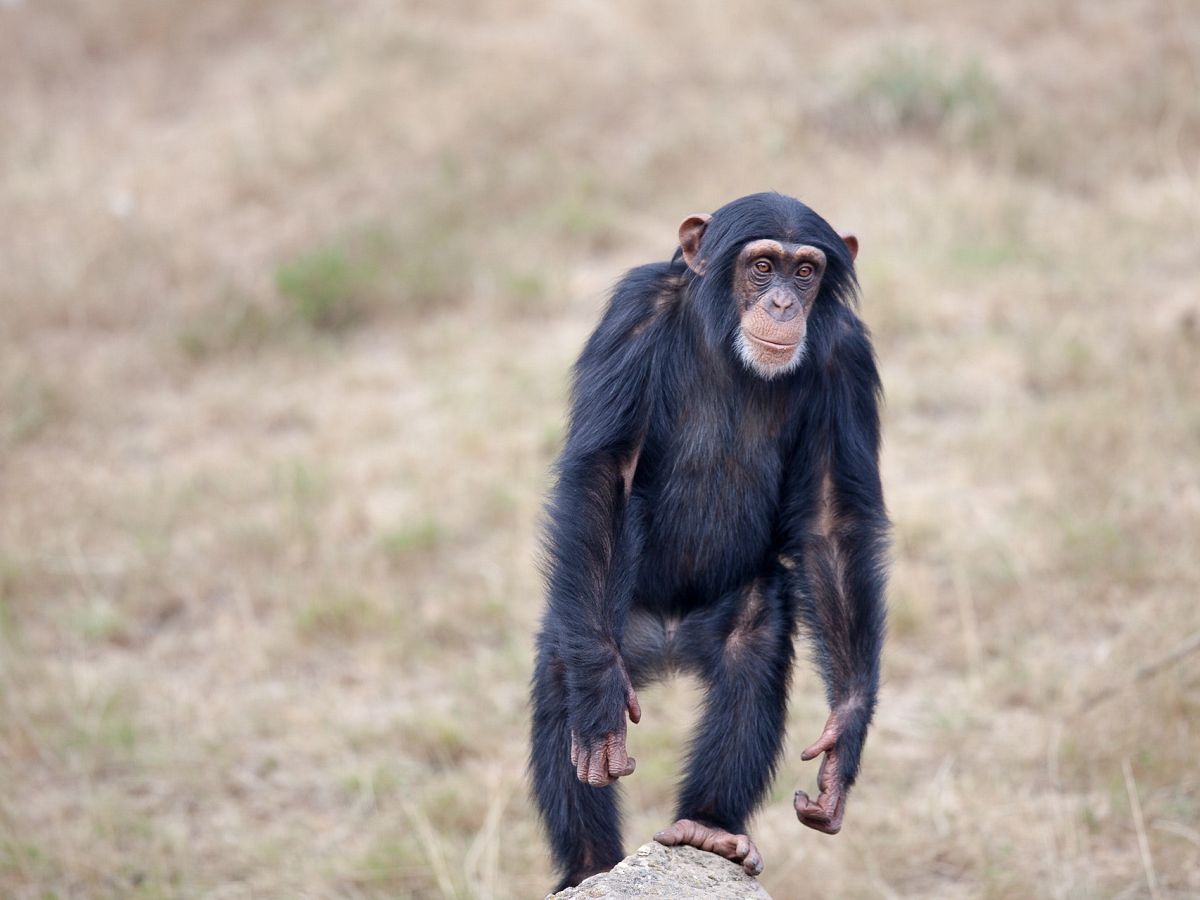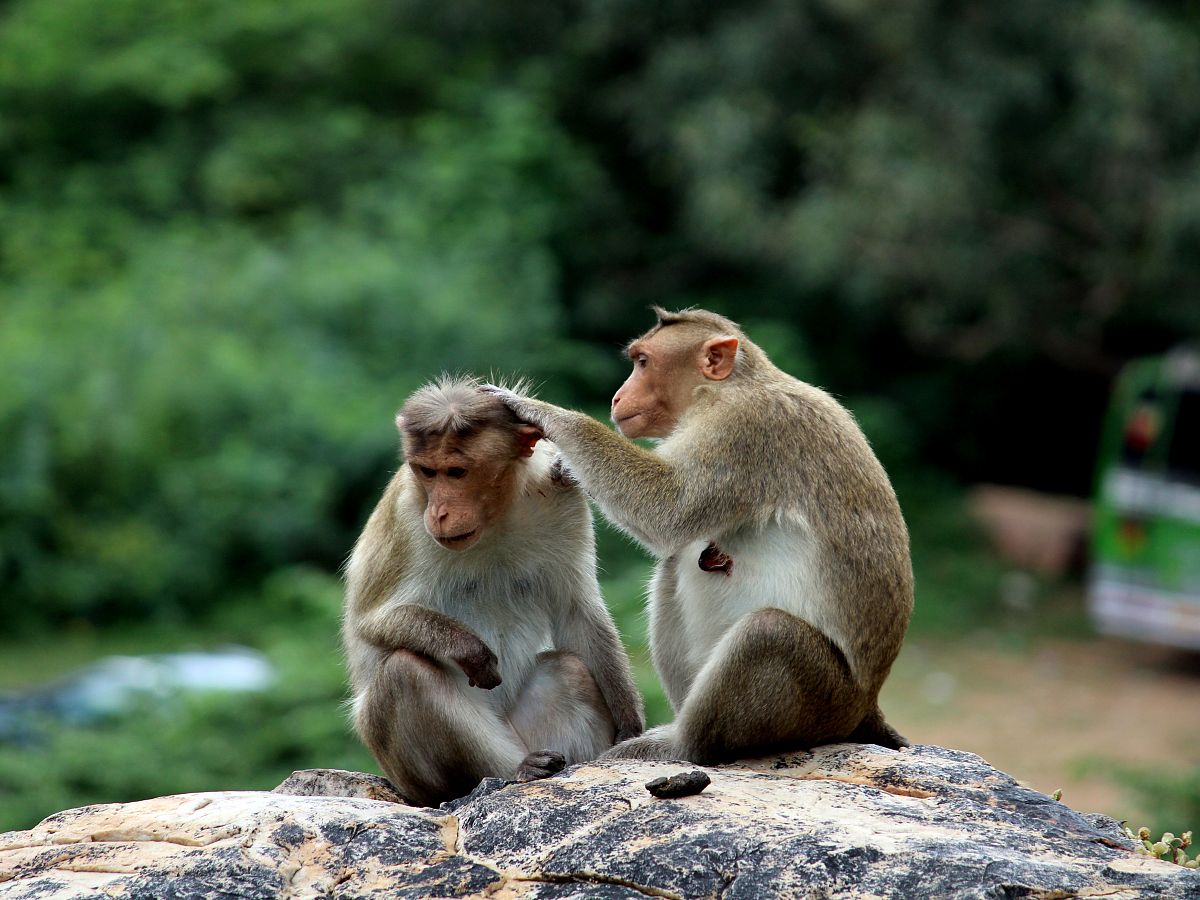A new study led by experts from our Department of Psychology has revealed that apes such as chimps and bonobos show striking similarities to humans in how they interact using signals.
The mutual awareness in signalling before and after an encounter had never previously been seen in any species other than humans, the researchers said, and it suggests that apes seem to value some form of commitment in interaction with other apes.

Our pioneering scientists studied 1,242 interactions between apes in four different zoos in France, Switzerland and the USA. They found that apes use signals and look at each other before starting and ending social interactions, comparable to how we say hello and goodbye.
Typical signals used in the current study were gestures such as touching each other, holding hands, butting heads, or gazing at each other, however precisely which types of signals serve to enter and exit from interactions is currently still being analysed.

Researchers established that bonobos exchanged entry signals and mutual gazes 90% of the time and chimps 69% of the time. Exit signals were even more frequent, with 92% of bonobos and 86% of chimpanzees displaying signals to end interactions.
Bonobos’ entry and exit phases also seem to resemble patterns of human politeness. They exhibit more communication ‘efforts’ when interacting with a social partner that is less socially close to them. These social protocols are much more relaxed when they interact with a friend, just like how we may communicate and interact informally with a friend.
Our experts believe this behaviour is influenced by complex social and power dynamics in the apes’ society — like how we may interact based on our social hierarchies.
The researchers advocate for future studies investigating why bonobos behave this way.
Joint action coordination (in entry and exit phases) has been long argued to be unique to humans only, which now has been observed among the great apes too.
You can read the full paper published in CELL Press journal iScience.
Learn more about the work of Dr Raphaela Heesen.
